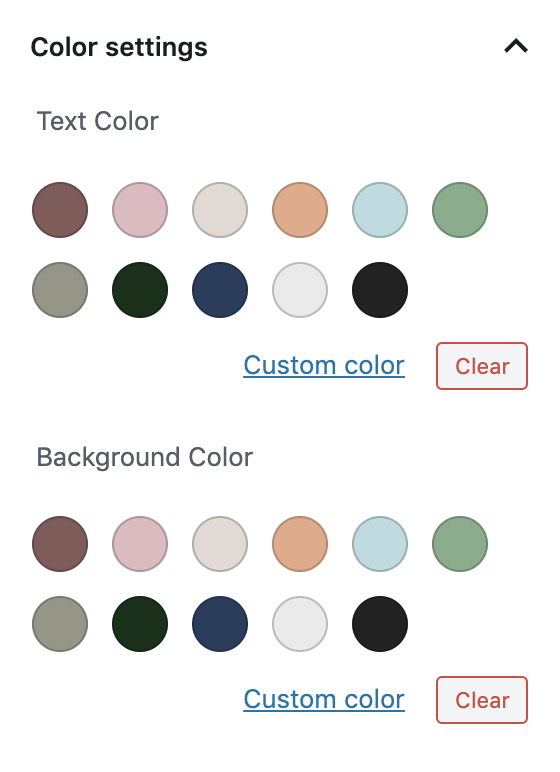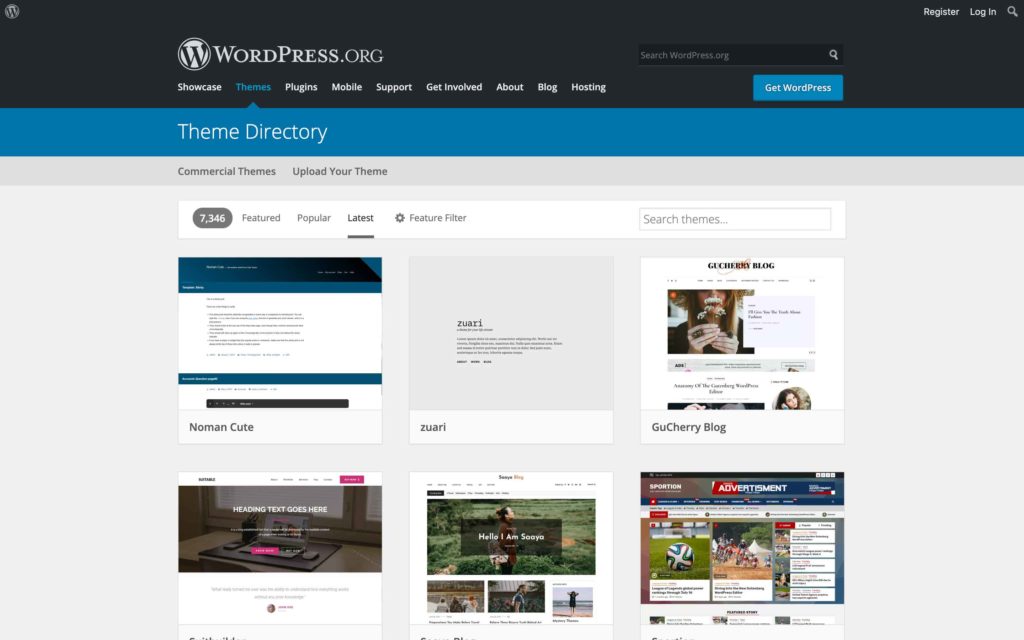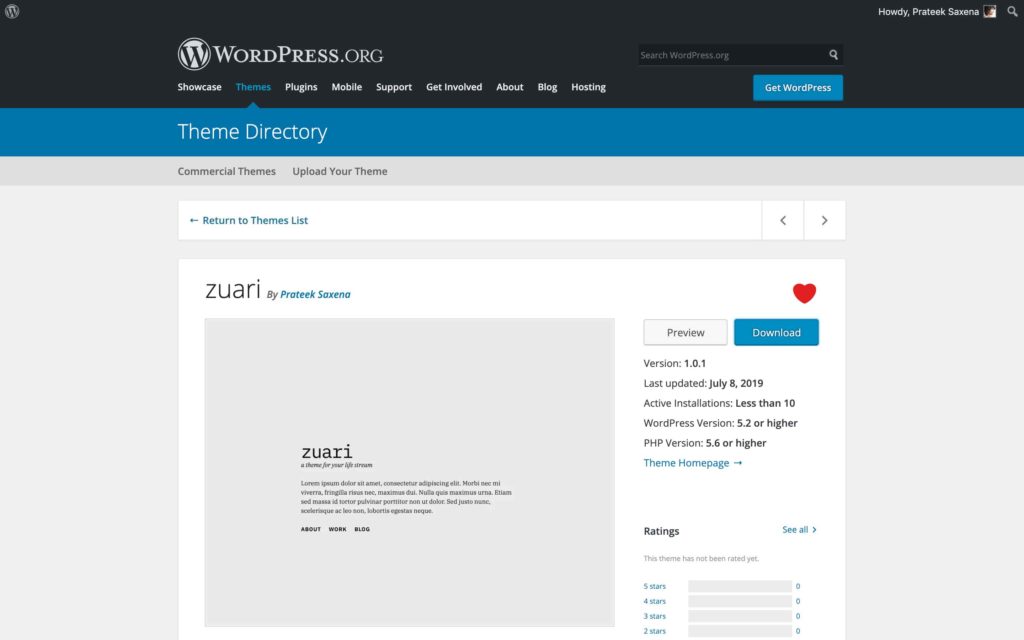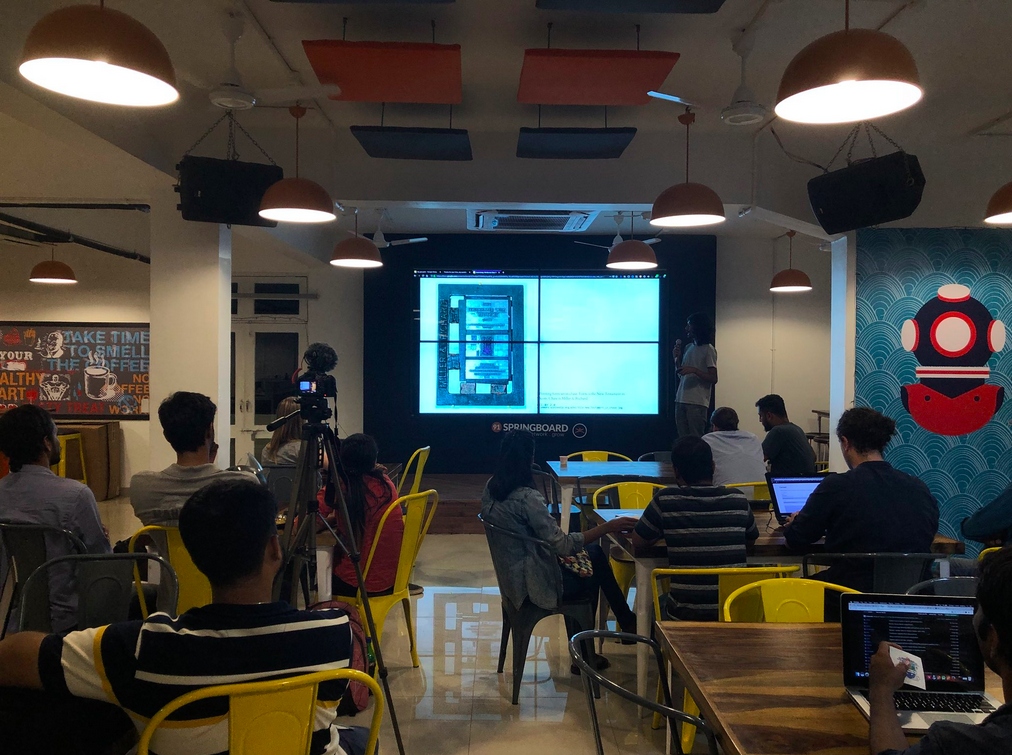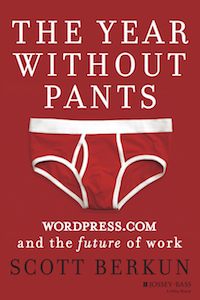I haven’t posted on Facebook or Twitter in a while. I see my feed sometimes and use Facebook chat (over BitlBee) regularly. The recent scare about privacy probably triggered this, but I must confess that I don’t understand it fully. Not understanding is scary.
In my time away, I realized that I wasn’t missing anything. I no longer had to decide whether the person I met once at that café was a friend, no longer had to see what my 2nd grade classmate ate for lunch, and no longer scrolled past every update my favorite game studio made to their new release.
I was still following blogs using Feedly, so I knew what my sister was eating, what Yuvi was hacking on, and what Super Pietpiet was drawing. I could see that effort was taken to create this content and I felt better consuming it. No one was limited to 140 characters and Facebook didn’t forcefully crop their pictures into a square.
There was one thing that I continued liking about these sites though — they had a feed of my life.
This feed wasn’t complete or accurate, and though limited by the time I was active on these sites, it was a good record. I posted links that I wouldn’t be interested in now, photos that’d embarrass me, and status updates that could have altogether been avoided, but, those things were truly what I was doing and thinking then. Only after a grueling conversation with Arun, and later Rhea, did I become comfortable with this annoying past self. Arun even convinced me that the worst that could happen by continuing this is that I’d have something to laugh about later. That didn’t sound too bad.
And so I continue to embarrass the future me — by maintaining this blog, on my server, rather than elsewhere. I made this theme so that I am not limited to full text posts. With Sid’s help, _s, and ACF, I was able to setup multiple post types. I can post check-ins, photos, quotes, statuses and albums like most social networks. I have complete control over how they look, right down to the tiles I want to use in the map. I like to call this theme Feed Me — it gives me the flexibility to add even more post types and the freedom to make them look the way I want.
Oh, and most importantly, in a dire situation I can delete everything on my server and all the embarrassment along with it.

